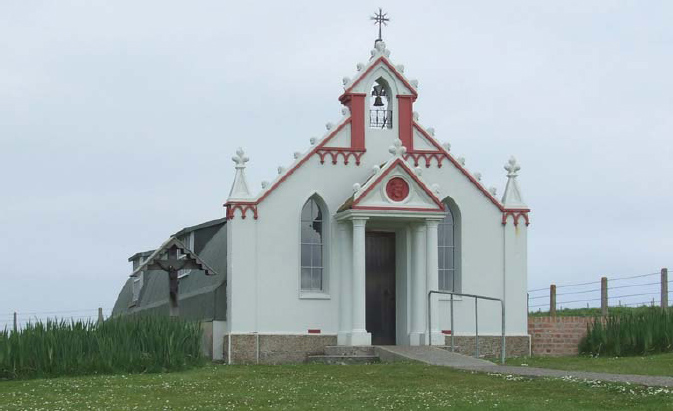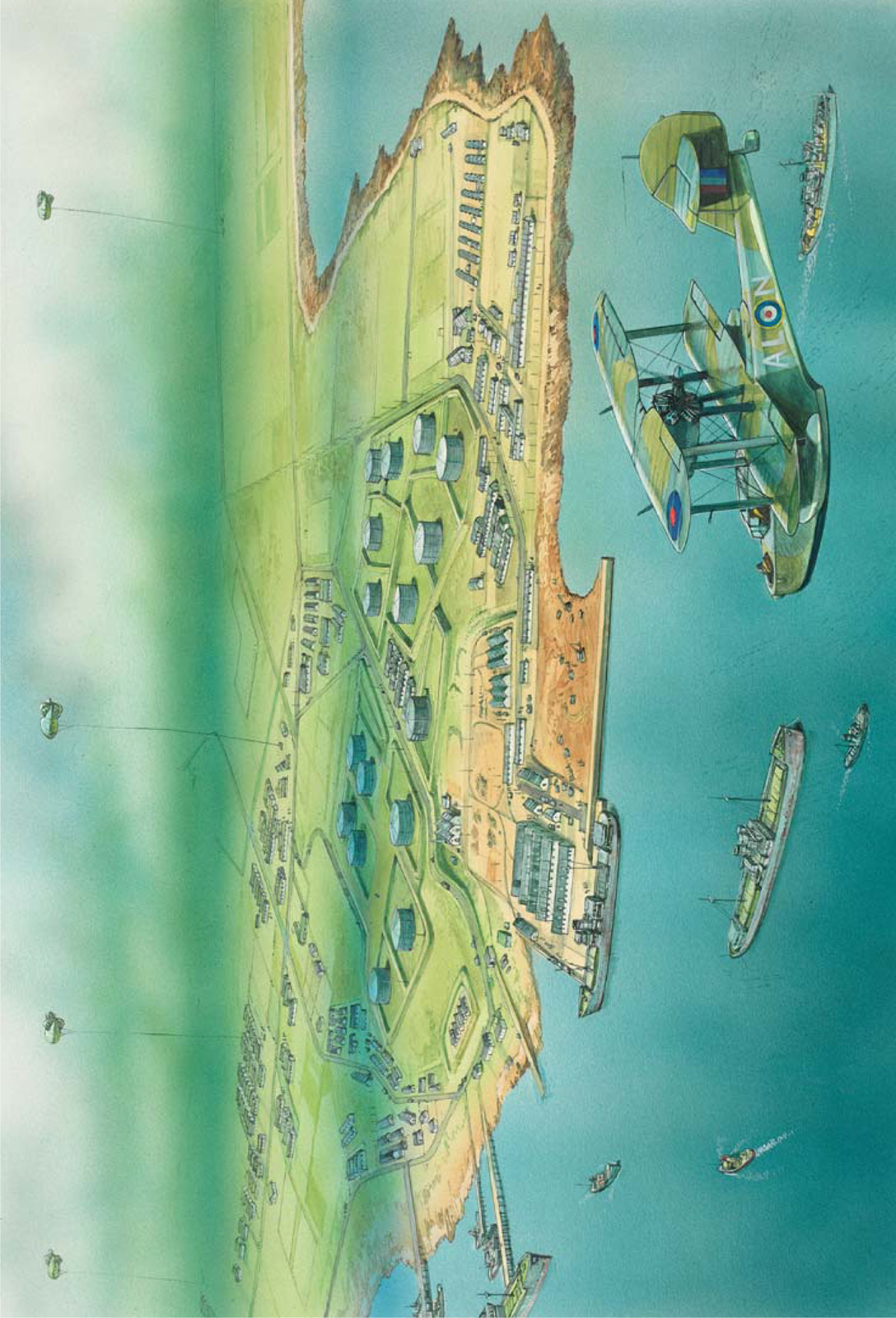
The threat to Orkney receded a little after the German invasion of the Soviet Union in April 1941, as enemy resources were diverted elsewhere. While Scapa Flow served as a base for those Royal Navy warships engaged in protecting the Arctic convoys, for the rest of the garrison it must have seemed as if the crisis had passed by the winter of 1941/42. Still, it wasn’t until the summer of 1943 that the first of two major reductions in the Orkney garrison took place, as first the searchlight batteries were withdrawn, followed by many of the anti-aircraft guns. The searchlights had largely been rendered redundant by the introduction of radar fire control for the HAA batteries, while by 1944 the guns themselves were needed around London to counter the new threat provided by German V1 rockets. The barrage balloons were the next to go, destined to augment the defences of London and the Channel ports. Many of the Army units defending Orkney were withdrawn amid the preparations for D-Day, while several coastal defence batteries were rendered redundant by the building of the Churchill Barriers.

The Italian Chapel was built on Lamb Holm by Italian prisoners of war, whose camp was located on the small island during World War II. This impressive little chapel was constructed around the shell of a corrugated iron ‘Nissen hut’. Inside the chapel the walls were (and still are) decorated with religious images painted by the prisoners. (Author’s collection)
Following the surrender of Germany on 8 May 1945 the dismantling of the Orkney defences began in earnest, although many servicemen remained there for several months before they were demobbed. There were still the Italian prisoner-of-war camps to guard, and while work began on the demolition of camps and defences, the bulk of the fleet headed south or set course for the waters of the Far East. OSDef was reduced to a brigade-sized command, and then turned into a battalion-sized garrison before being disbanded. The guns were removed from their positions and sent south into storage or to the scrapyards, while one by one the airfields were dismantled. The business of clearing the minefields, or turning land back to civilian use, would take several years to complete, but gradually the last few members of the garrison returned home and sheep and cattle grazed amid the gun emplacements.
The official end came on 29 March 1959, when the white ensign was hauled down at Lyness, and the base was closed. It had been the last operational remnant of a wartime garrison that had once exceeded 40,000 men and women. Once more, Scapa Flow was left to the Orcadians, although the derelict remains of gun batteries, Nissen huts, blockships and air-raid shelters still dotted the Orkney landscape, a crumbling but potent reminder of the time when Orkney had been the best-defended naval base in wartime Europe.

 |
LYNESS NAVAL BASE, 1942 |
Lyness served two main purposes. It was the official headquarters of the Royal Navy – the base known as HMS Prosperine. This base included theatres, cinemas, canteens, recreation facilities and all the other necessities of garrison life. A key part of the facility was the supply of fuel oil to the Home Fleet, and this was housed in a series of large storage tanks. The waterfront was dominated by a quay (nicknamed the ‘Golden Wharf’), which is still under construction in this view. Lyness was also the maintenance base for the boom defences of Scapa Flow, and the home port of the small fleet of drifters, repair ships and boom defence vessels which kept the boom defences operating.